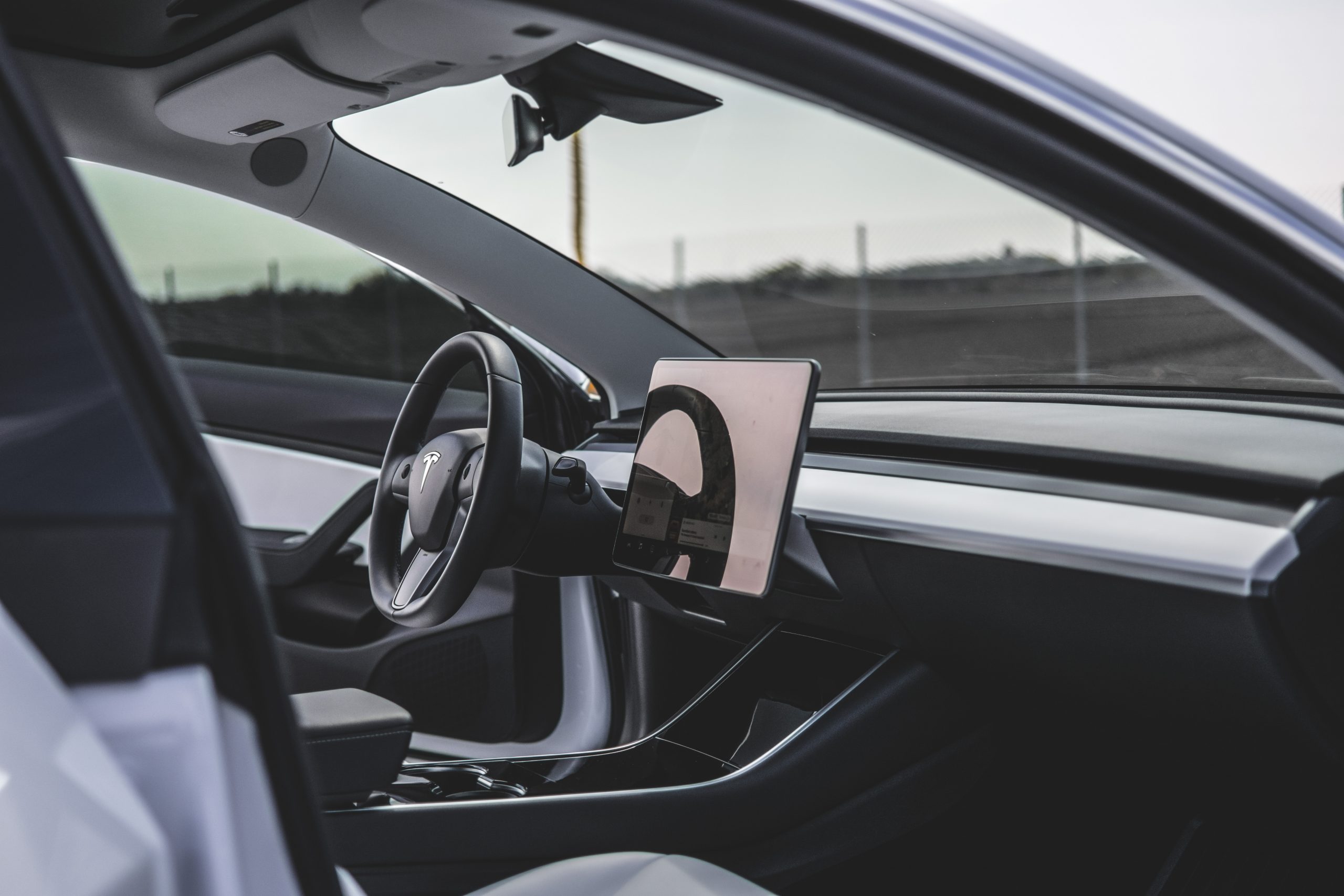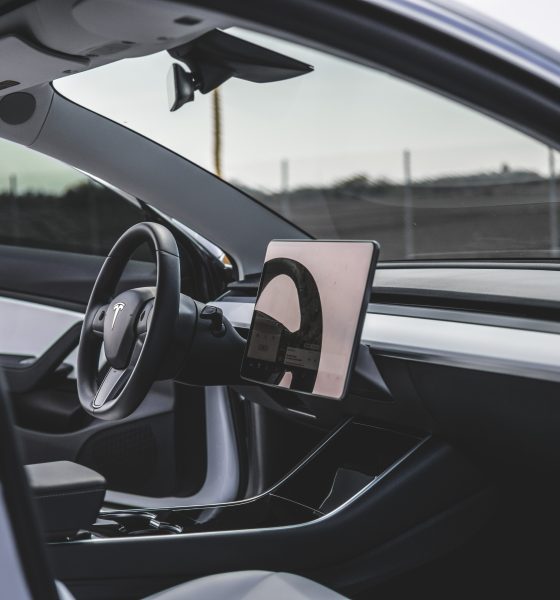Back when the Model 3 was unveiled, Tesla immediately attracted a good amount of criticism over the vehicle’s design. Arguments against the all-electric sedan were many, with arguments being presented against its utilization of a single 15” center display and its hyper-minimalistic interior. The vehicle’s glovebox, which could only be opened through the touchscreen, also attracted its own fair share of eyebrows.
‘Crazy’ and ‘Impractical’ Ideas
To a good number of car enthusiasts, the idea of a glovebox that can’t even be opened manually was insane. Practically all vehicles in the market, from affordable econoboxes from Japan to luxury cars from Germany employ a manual latch for the glovebox, after all. It was something that was so simple, so traditional, and here Tesla was stubbornly refusing to follow along.
It would be pretty easy to put a manual latch on the glovebox, so Tesla’s insistence on an electronically-operated mechanism seemed almost like hubris on the EV maker’s part. Tesla did roll out changes to the Model 3’s glovebox, such as a feature that automatically opens the storage area in the event of a crash. This was rolled out following an incident where a Model 3 was involved in an accident that shattered the 15” display, giving the driver a very difficult time accessing the vehicle’s title and insurance papers.
Over the years, Tesla has added numerous features to the Model 3. These include Sentry Mode, which actively monitors a vehicle’s surroundings, and TeslaCam, which acts as a built-in dashcam for the all-electric sedan on the road. The videos were saved on a flash drive that drivers would need to insert into the front USB port of the Model 3. The feature is incredibly useful, though it requires some work on the part of Tesla’s customers. This was perhaps the reason why the use of features like Sentry Mode and TeslCam are not universally used by drivers. This may change soon with the introduction of the 2021 Model 3.
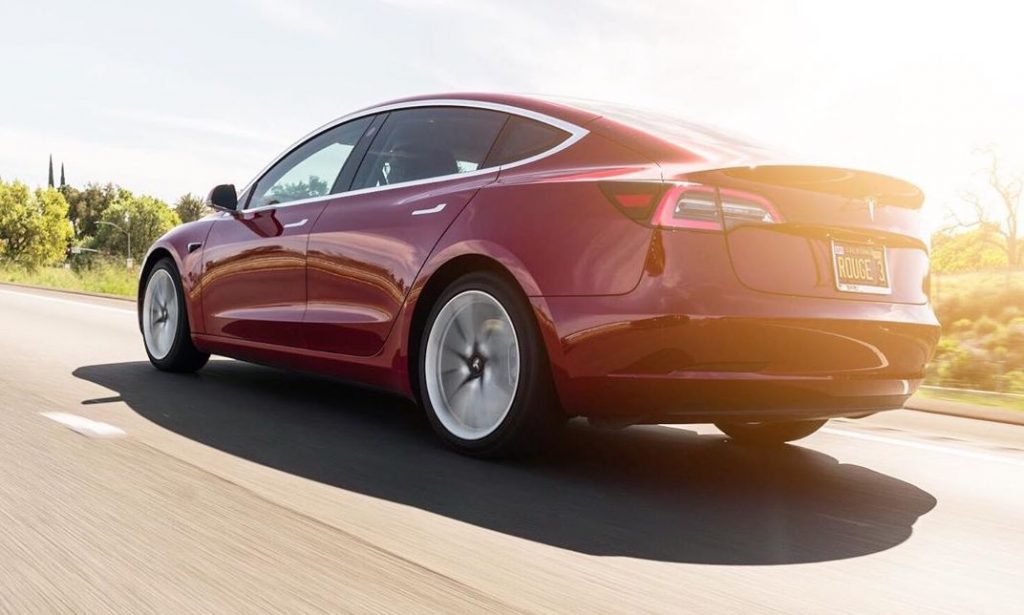
Pieces of a Puzzle
For the Model 3 “refresh,” Tesla introduced a number of key updates, from a new center console and new Aero Wheels to new headlights. Minor updates were also introduced, such as a USB port inside the glovebox. A video from Hong Kong featuring a 2021 Model 3 further revealed that the USB port inside the glovebox already has a 64 GB flash disk in it. This incredibly minor change, which almost feels like an afterthought considering the Model 3’s major updates, makes features like Sentry Mode and TeslaCam much easier to use.
This makes the Model 3 more secure as well, as even thieves that are familiar with Teslas will no longer have any way to access the flash drive that contains the vehicle’s video recordings. Prior to the “refresh,” thieves could simply rip out the flash drive that holds Sentry Mode’s recordings, which is quite unlikely but still plausible. This will no longer be true with the 2021 Model 3, especially as Tesla has already added an extra layer of security in the form of “Glovebox PIN,” which was previously released through an over-the-air software update.
What is quite remarkable is that these improvements would not work as well as they do now if Tesla had included a manual latch for the Model 3’s glovebox. It was difficult to see the point behind Tesla’s stubborn refusal to include something as simple as a physical glovebox latch during the vehicle’s initial launch and release, but it appears that the feature, or lack thereof, was something that would be useful years into the vehicle’s release.
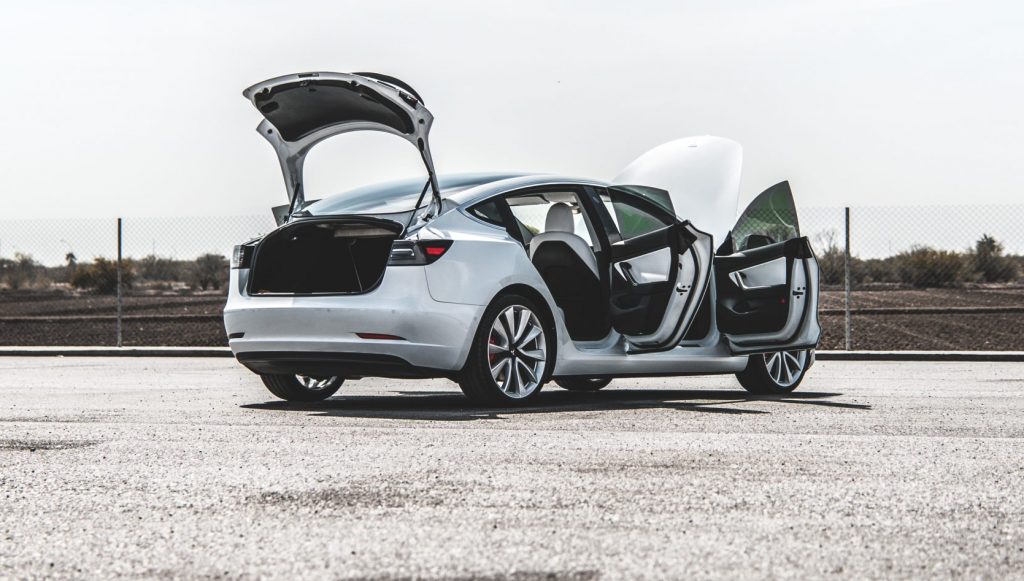
The Long Game
This is something that has become much of a theme in the Tesla story. The company or its CEO does something, and critics pounce on the opportunity to squeeze in a few shots. Products are rolled out and improved through over-the-air updates, and before the dust settles, Tesla and Elon Musk’s once-controversial strategies end up making sense. This was the case with the Model 3’s glovebox, and it would likely be true for other controversial aspects of Tesla’s vehicles as well, such as the Cybertruck’s design and novel features.
Ultimately, this tendency could very well be explained by the fact that Tesla simply looks farther ahead than any of its critics. Tesla skeptics may focus on what the company is doing now, or the state of its products today, but Elon Musk and his team are always looking into the future. This may very well be the reason why even Wall Street analysts seem to have a difficulty understanding Tesla’s business. Just recently, for example, Morgan Stanley upgraded TSLA stock to an “Overweight” rating. According to the financial firm, this is due to Tesla’s business expanding from carmaking to other segments such as software. This is something that longtime TSLA bulls have been highlighting for years.
What is rather interesting is that Tesla may continue to confound skeptics for years to come. Just like the Model 3’s glovebox, the company is still rolling out strategies and products that don’t make sense for skeptics, such as the FSD beta and features like Smart Summon. A look at Autopilot’s subpar scores in tests from organizations such as Consumer Reports highlight this point. Yet just like the humble Model 3 glovebox, perhaps features like Summon could serve a higher purpose years down the road.

News
Waymo scrutinized after self-driving taxis cause traffic jams during SF blackout
It’s not farfetched to speculate that it would have been a doomsday scenario for Tesla had FSD behaved this way.
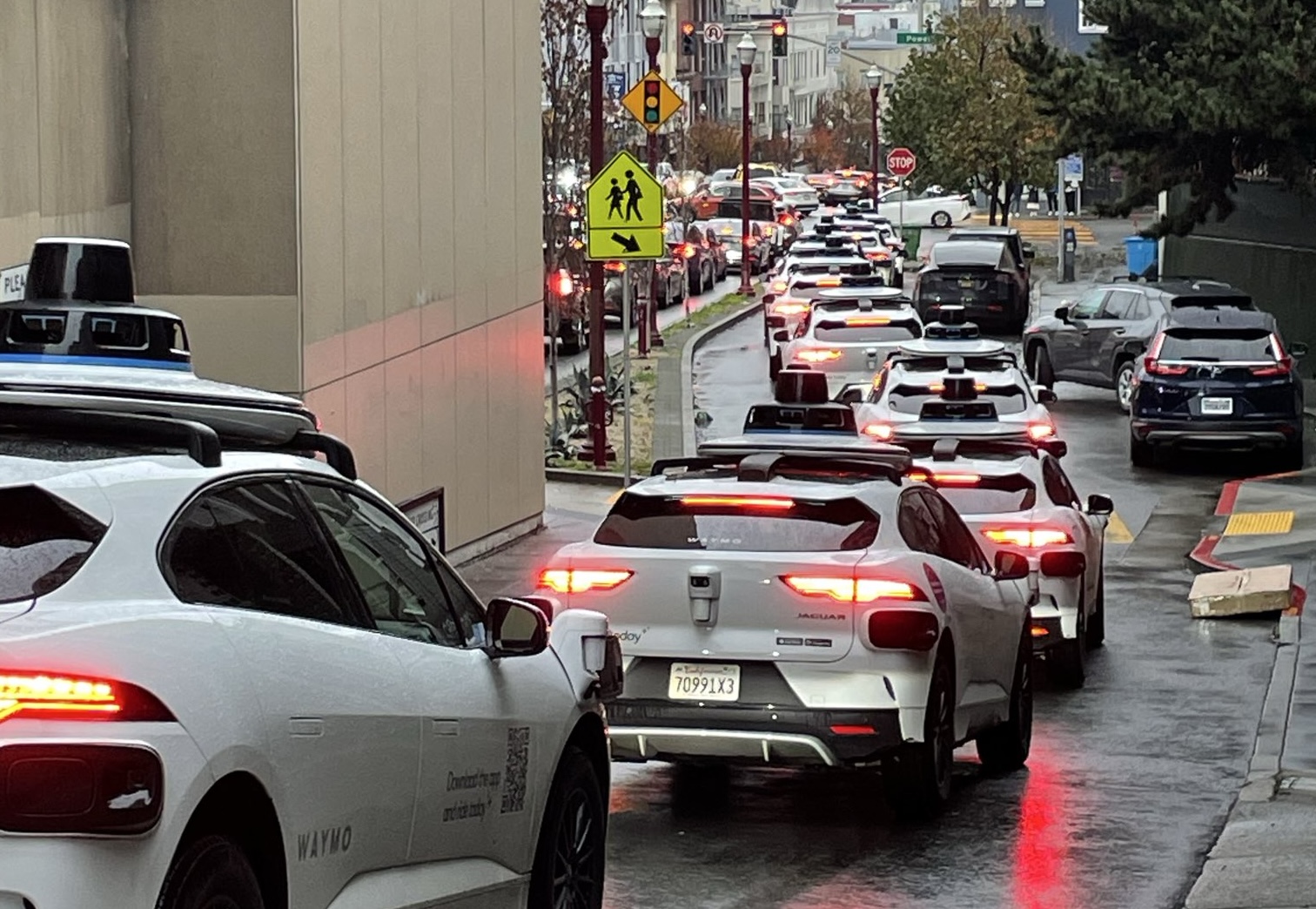
A power outage across San Francisco over the weekend forced numerous Waymo self-driving taxis to stop at darkened intersections and cause traffic blockages in multiple locations across the city. The disruption left riders stranded, frustrated drivers blocked, and city officials stepping in as the Alphabet-owned company temporarily suspended service amid the widespread gridlock.
Needless to say, it would likely have been a doomsday scenario for Tesla had FSD behaved in a similar way, especially if fleets of its robotaxis blocked traffic for numerous drivers.
Power outage halts Waymo fleet
The outage knocked out electricity for tens of thousands of customers, leaving traffic signals dark across large parts of the city, as noted in a report from the New York Times. Waymo vehicles began stopping at intersections and remained stationary for extended periods, seemingly unable to operate. Tow truck operators worked through the night removing immobilized vehicles, while videos circulated online showing Waymos with hazard lights flashing as traffic backed up around them.
Waymo later confirmed that it had paused its Bay Area ride-hailing service after the San Francisco mayor’s office contacted the company about the congestion its vehicles were contributing to. Service began coming back online shortly after 3:30 p.m. local time, though some users still reported being unable to request rides. Waymo maintained that no injuries or accidents were reported during the outage.
Autonomous cars during emergencies
The incident surprised industry observers since autonomous vehicles are designed to function during signal outages and temporary connectivity losses. Waymo stated that its vehicles treat nonfunctional signals as four-way stops, but “the sheer scale of the outage led to instances where vehicles remained stationary longer than usual to confirm the state of the affected intersections. This contributed to traffic friction during the height of the congestion.” Experts suggested the problem may have been linked to the vehicles’ reliance on remote assistance teams, which help resolve complex situations the cars cannot handle independently.
“Yesterday’s power outage was a widespread event that caused gridlock across San Francisco, with non-functioning traffic signals and transit disruptions. While the failure of the utility infrastructure was significant, we are committed to ensuring our technology adjusts to traffic flow during such events,” the Waymo spokesperson stated, adding that it is “focused on rapidly integrating the lessons learned from this event, and are committed to earning and maintaining the trust of the communities we serve every day.”
News
Tesla aims to combat common Full Self-Driving problem with new patent
Tesla writes in the patent that its autonomous and semi-autonomous vehicles are heavily reliant on camera systems to navigate and interact with their environment.

Tesla is aiming to combat a common Full Self-Driving problem with a new patent.
One issue with Tesla’s vision-based approach is that sunlight glare can become a troublesome element of everyday travel. Full Self-Driving is certainly an amazing technology, but there are still things Tesla is aiming to figure out with its development.
Unfortunately, it is extremely difficult to get around this issue, and even humans need ways to combat it when they’re driving, as we commonly use sunglasses or sun visors to give us better visibility.
Cameras obviously do not have these ways to fight sunglare, but a new patent Tesla recently had published aims to fight this through a “glare shield.”
Tesla writes in the patent that its autonomous and semi-autonomous vehicles are heavily reliant on camera systems to navigate and interact with their environment.

The ability to see surroundings is crucial for accurate performance, and glare is one element of interference that has yet to be confronted.
Tesla described the patent, which will utilize “a textured surface composed of an array of micro-cones, or cone-shaped formations, which serve to scatter incident light in various directions, thereby reducing glare and improving camera vision.”

The patent was first spotted by Not a Tesla App.
The design of the micro-cones is the first element of the puzzle to fight the excess glare. The patent says they are “optimized in size, angle, and orientation to minimize Total Hemispherical Reflectance (THR) and reflection penalty, enhancing the camera’s ability to accurately interpret visual data.”
Additionally, there is an electromechanical system for dynamic orientation adjustment, which will allow the micro-cones to move based on the angle of external light sources.
This is not the only thing Tesla is mulling to resolve issues with sunlight glare, as it has also worked on two other ways to combat the problem. One thing the company has discussed is a direct photon count.
CEO Elon Musk said during the Q2 Earnings Call:
“We use an approach which is direct photon count. When you see a processed image, so the image that goes from the sort of photon counter — the silicon photon counter — that then goes through a digital signal processor or image signal processor, that’s normally what happens. And then the image that you see looks all washed out, because if you point the camera at the sun, the post-processing of the photon counting washes things out.”
Future Hardware iterations, like Hardware 5 and Hardware 6, could also integrate better solutions for the sunglare issue, such as neutral density filters or heated lenses, aiming to solve glare more effectively.
Elon Musk
Delaware Supreme Court reinstates Elon Musk’s 2018 Tesla CEO pay package
The unanimous decision criticized the prior total rescission as “improper and inequitable,” arguing that it left Musk uncompensated for six years of transformative leadership at Tesla.

The Delaware Supreme Court has overturned a lower court ruling, reinstating Elon Musk’s 2018 compensation package originally valued at $56 billion but now worth approximately $139 billion due to Tesla’s soaring stock price.
The unanimous decision criticized the prior total rescission as “improper and inequitable,” arguing that it left Musk uncompensated for six years of transformative leadership at Tesla. Musk quickly celebrated the outcome on X, stating that he felt “vindicated.” He also shared his gratitude to TSLA shareholders.
Delaware Supreme Court makes a decision
In a 49-page ruling Friday, the Delaware Supreme Court reversed Chancellor Kathaleen McCormick’s 2024 decision that voided the 2018 package over alleged board conflicts and inadequate shareholder disclosures. The high court acknowledged varying views on liability but agreed rescission was excessive, stating it “leaves Musk uncompensated for his time and efforts over a period of six years.”
The 2018 plan granted Musk options on about 304 million shares upon hitting aggressive milestones, all of which were achieved ahead of time. Shareholders overwhelmingly approved it initially in 2018 and ratified it once again in 2024 after the Delaware lower court struck it down. The case against Musk’s 2018 pay package was filed by plaintiff Richard Tornetta, who held just nine shares when the compensation plan was approved.
A hard-fought victory
As noted in a Reuters report, Tesla’s win avoids a potential $26 billion earnings hit from replacing the award at current prices. Tesla, now Texas-incorporated, had hedged with interim plans, including a November 2025 shareholder-approved package potentially worth $878 billion tied to Robotaxi and Optimus goals and other extremely aggressive operational milestones.
The saga surrounding Elon Musk’s 2018 pay package ultimately damaged Delaware’s corporate appeal, prompting a number of high-profile firms, such as Dropbox, Roblox, Trade Desk, and Coinbase, to follow Tesla’s exodus out of the state. What added more fuel to the issue was the fact that Tornetta’s legal team, following the lower court’s 2024 decision, demanded a fee request of more than $5.1 billion worth of TSLA stock, which was equal to an hourly rate of over $200,000.
Delaware Supreme Court Elon Musk 2018 Pay Package by Simon Alvarez
